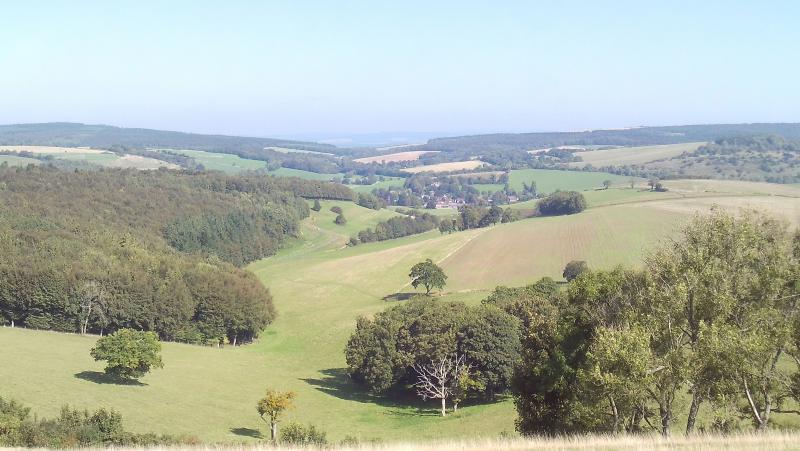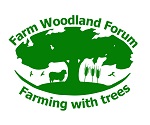The Basic Payment Scheme has been operating as it did before the UK left the EU, with recipients required to comply with cross-compliance. However, it is being phased out and payments have been reduced each year. From 2024 until 2027 existing recipients of BPS will receive annually decreasing delinked BPS payments, but BPS will not be open for new applicants. From 2024 BPS will be replaced by Environmental Land Management schemes (ELMs) which will have three components.
- The Sustainable Farming Incentive (SFI) - will pay for management changes directed at improving environmental performance of farming operations.
- Countryside Stewardship (CS) – will pay for targeted actions related to specific locations. There will also be incentives for land managers to join up to provide bigger results.
- Landscape Recovery – will pay for large-scale environmental change such as afforestation or creation of new wetland.
The Sustainable Farming Incentive will pay farmers to manage their land in an environmentally sustainable way, paying them for carrying out actions within a set of standards they choose from. It was launched in 2022. Countryside Stewardship has been running for some time, although it has been modified (for example, the introduction of wood pasture schemes to uplands) and has three tiers depending on the depth of environmental measures to be applied. From summer 2024 there will be a single application process for SFI and mid-tier CS actions. Landscape Recovery has already given some grants, and will be open for more in 2024.
Eligibility for Grant Funding – Basic Payment Scheme
Individual trees have been eligible if scattered within an agricultural parcel.
Lines of trees (maximum of two trees width) were eligible if scattered within an agricultural parcel.
Groups of trees on an agricultural parcel that were adjacent to a boundary and
- If the area underneath the canopy was used for agricultural activity (this condition was met when it was suitable for cultivation or grazing of livestock)
- If unsuitable for cultivation, the entire area under the canopy was accessible to farm animals for grazing on
- More than 50% of the area underneath the tree canopy was covered by grasses, other herbaceous forage or other arable land. This included silvoarable and silvopastoral agroforestry, riparian forest buffers and windbreaks/shelterbelts.
Eligibility for Grant Funding – Sustainable Farming Incentive Scheme 2024 funding
Some actions will be funded by 3-year grants, to benefit tenant farmers. Some actions that will be funded include maintenance of existing environmental features, and not just improvement of such features as in the past. If applying for the SFI scheme as part of ELMs, there is current funding for:
- Assessing and recording hedgerow condition - £5 per 100 metres (m) for one side of an eligible hedgerow per year
- Managing hedgerows - £13 per 100 metres (m) for one side of an eligible hedgerow per year
- Maintaining or establishing hedgerow trees - £10 per 100 metres (m) for both sides of an eligible hedgerow per year
- Maintaining very low density in-field agroforestry on less sensitive land - £248 per hectare (ha) per year
- Maintaining low density in-field agroforestry on less sensitive land - £385 per hectare (ha) per year
Under the Countryside Stewardship scheme, there is currently funding for:
- Protecting in-field trees on arable land - £295 per hectare (ha)
- Managing woodland edges on arable land - £428 per hectare (ha)
- Creating or managing successional areas or scrub.
- Creating traditional orchards and managing them - £471 per hectare (ha) for creation, £264 per hectare (ha) for management
- Creating wood pasture in the lowlands or the uplands - £544 per hectare (ha) for lowlands and upland respectively
- Restoring lowland wood pasture or parkland, and managing it - £371 per hectare (ha) for creation, £212 per hectare (ha) for management
- Restoring upland wood pasture or parkland, and managing it - £371 per hectare (ha) for creation, £212 per hectare (ha) for management
- Management of hedgerows by rotational cutting and leaving some hedges uncut - £13 per 100m for 1 side of a hedge
- Planting and restoring hedgerows - £22.97 per metre (m) for planting new hedge, £13.52 per metre (m) for laying, £5.33 per metre (m) for coppicing
There will be premium rates of funding for those actions with the biggest environmental impact. Payment details to be announced in relation to trees on farms include:
- Maintaining very low density in-field agroforestry on more sensitive land.
- Maintaining low density in-field agroforestry on more sensitive land.
- Maintaining medium density in-field agroforestry.
- Maintaining high density in-field agroforestry.
- Maintaining riparian and river edge habitats.
Woodland Creation, including creation of shelterbelts, is funded under the England Woodland Creation Offer (EWCO). This is scheduled to become part of the Countryside Stewardship scheme (part of ELMs) from 2025.
Last updated June 2024

